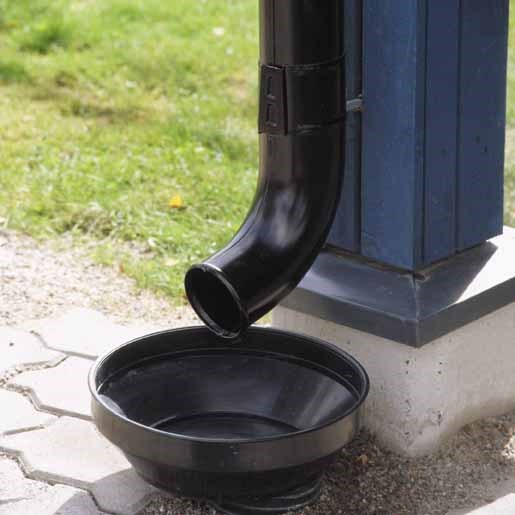Weld safely at home – what you need to know
Before we go any further with the different welding methods and safety aspects that you need to keep in mind when welding...
Let’s start by answering the question: what is welding?
Welding is a method of joining different workpieces together using heat. The welding heat source is usually an electric arc, where the current comes from a power source/inverter.
Before starting welding, the workpiece should be prepared for suitable weld joints, for example, a V-joint.
Normally, a filler material, such as a welding wire or rod electrode, is melted into the weld joint with a welding gun (MIG/MAG welding) or a manually fed welding electrode (MMA welding). During welding, the arc fuses the edges of the joint and the filler material, forming a molten pool.
Different welding methods
The most common welding methods are MIG, MAG, TIG, and MMA.
When choosing a welder, start according to the material you are going to weld, its thickness, and the desired visual quality for the finished weld.
When welding steel, you can use almost any welder, but for aluminium, for example, you need to be careful about which welder you use. This is because the thicker the metals you are going to weld, the higher the voltage the welder needs to have.
MMA welders
MMA welders involve a manual welding process, where you use a welding wire that gets shorter and shorter during welding. As a result, the welding wire must be manually brought closer to the workpiece so that the distance between the welder and the workpiece does not change. One advantages of an MMA welder is that you do not need any shielding gas.
Use an MMA welder for welding:
- Carbon steel
- Cast iron
- Stainless steel
MIG and MAG welders
In MIG and MAG welding, a wire electrode is melted into the weld joint using a welding gun. The wire electrode is automatically fed through a hose assembly to the welding gun, where it is fused with the workpiece. The arc that occurs between the wire electrode and the workpiece is protected by an inert gas (MIG) or active gas (MAG). Biltema’s MIG/MAG welders can be also be operated without gas, but then you need to use a wire electrode with flux.
Use a MIG/MAG welder for welding:
- Sheet metal
- Unalloyed steel
- Low-alloy steel
- Stainless steel
- Aluminium alloys
TIG welders
You should use a TIG welder for welding that requires you to be very precise and accurate.
In TIG welding, an arc is produced between a non-consumable tungsten electrode and the workpiece. The heat occurs because a “short circuit” is created between the object being welded and the electrode. Filler materials (if used) are added to the joint manually with your one hand, while with the other hand controls the electrode. To protect the weld, you need to use a shielding gas such as argon.
Use a TIG welder for welding:
- Thin sheet metal
- Thick sheet metal
- Alloy steel
- Stainless steel
- Aluminium
Weld safely
When welding at home, it is important to keep in mind that welding work involves high temperatures and is categorised as hot work, which means that there is a risk of sparks and an increased fire risk, among other things. According to regulations, professionals must obtain a hot work permit to perform the work. Along with having common sense, this regulation can be good to understand even as a private individual before you start welding.
If you are going to weld at home in the garage, you must first make sure that you have cleared away any flammable materials. Make sure that the materials are far from your work surface, since a MIG/MAG weld can produce sparks up to 2 metres. Materials that you should be especially cautious of include paper, cardboard boxes, wood materials, fuel and oil containers, dust and sawdust. In addition, you must always have a fire extinguisher close at hand, and it may be a good idea to use a fire blanket to cover furnishings that cannot be moved.
Our range of fire safety products
Take a break
Keep in mind that it can quickly get very hot when welding, so pause the work occasionally. Check your surroundings, make sure there is no smoke anywhere or smell strange.
Protective clothing
There are many risk factors when it comes to welding. The arc that is created emits a very bright light and ultraviolet radiation that can damage your eyes. In addition, splashes of the molten metal or sparks from the welding can burn you and are a fire hazard in your surroundings. Therefore, be sure to always wear a welding helmet that protects your eyes, ears and face when welding. You must also always wear durable and heat-resistant welding gloves to protect your hands. And make sure you are wearing a fireproof outfit that protects your body from hot sparks.



